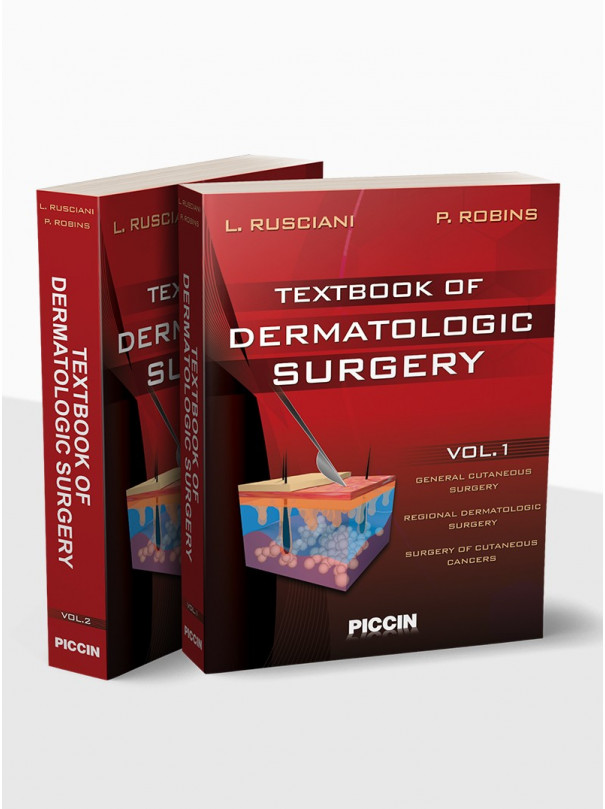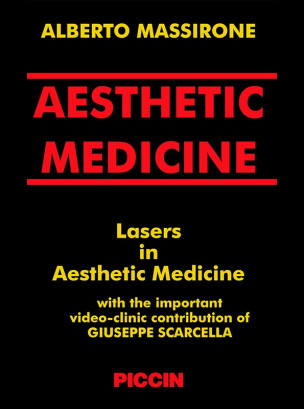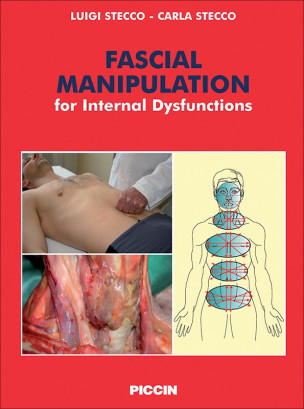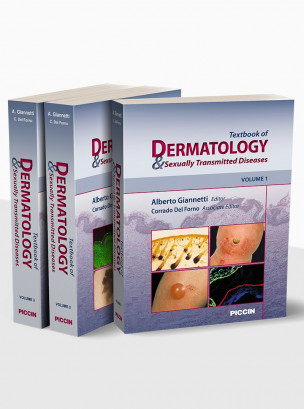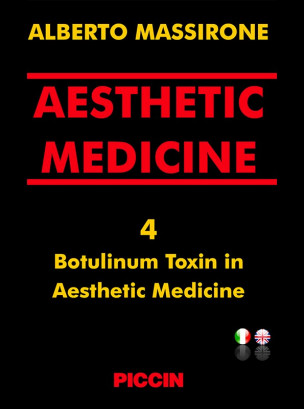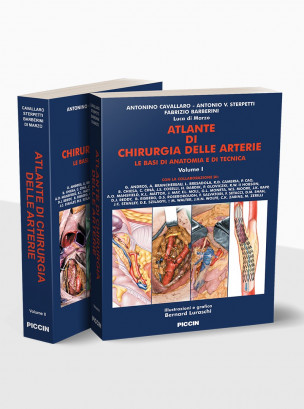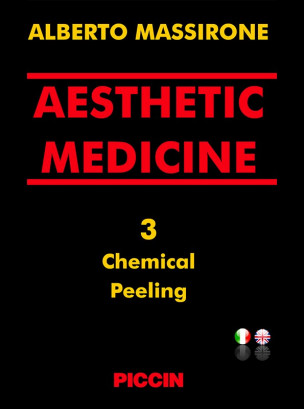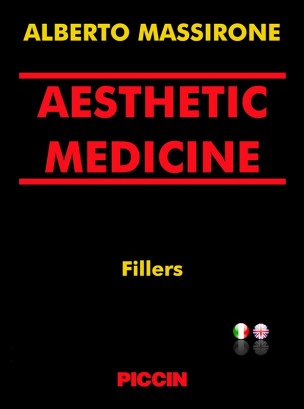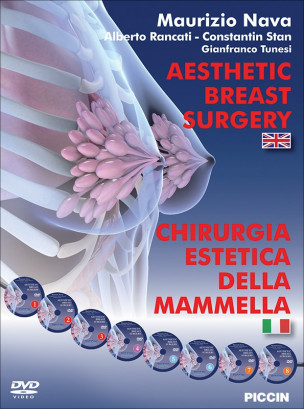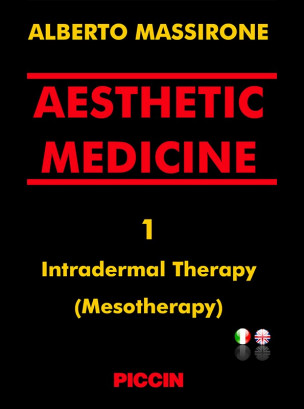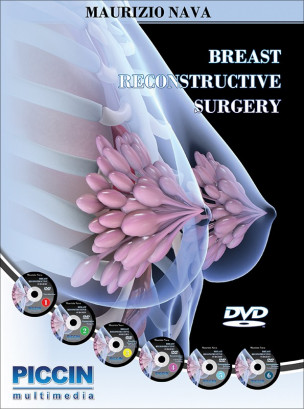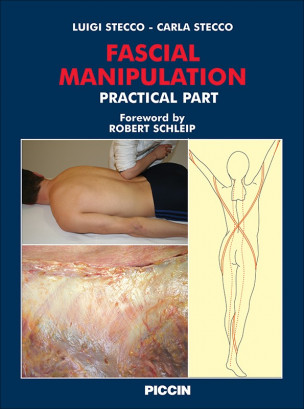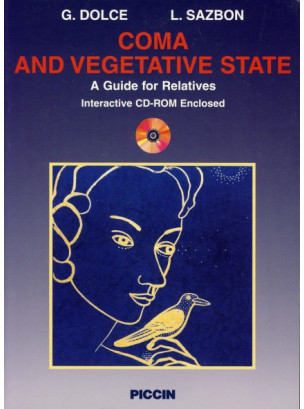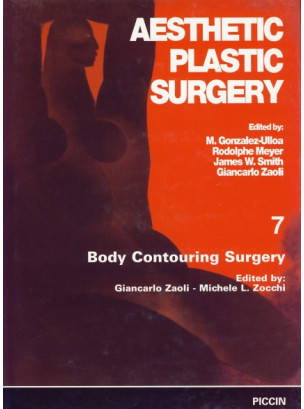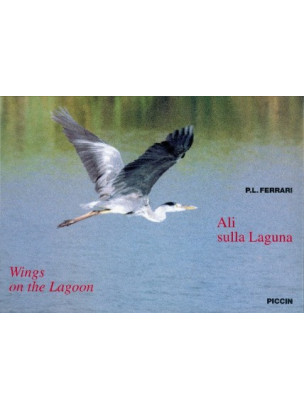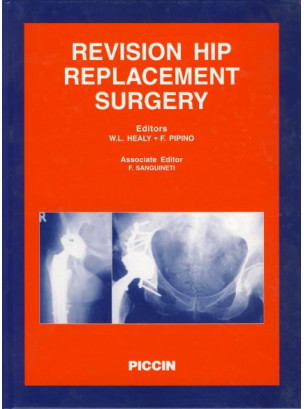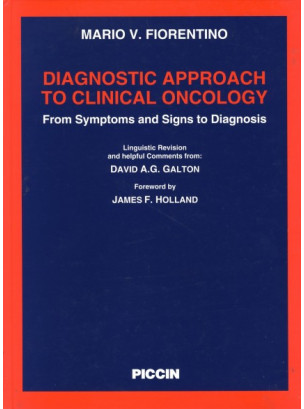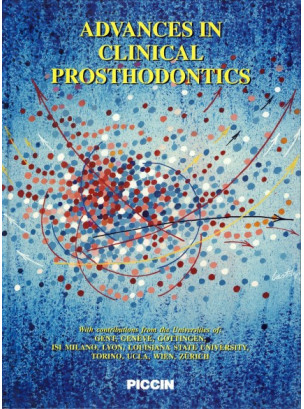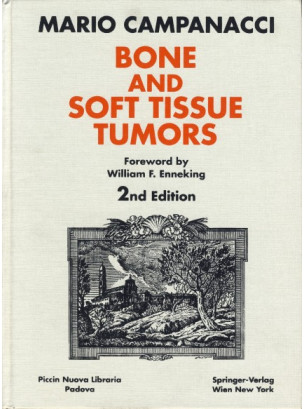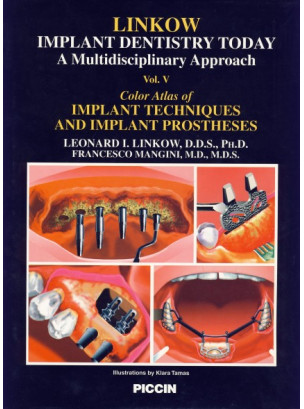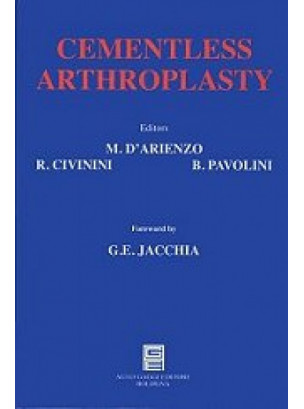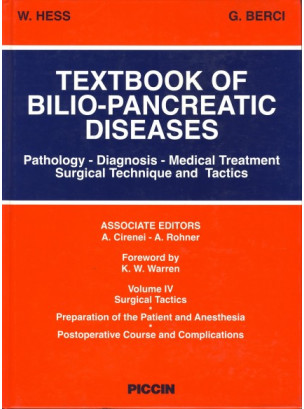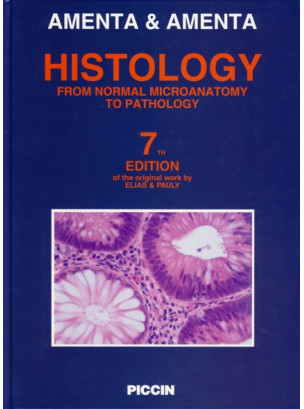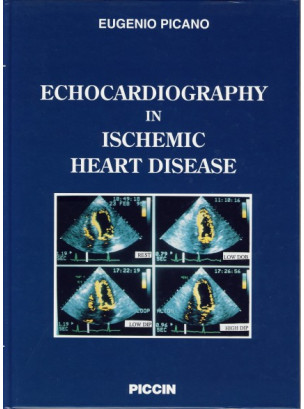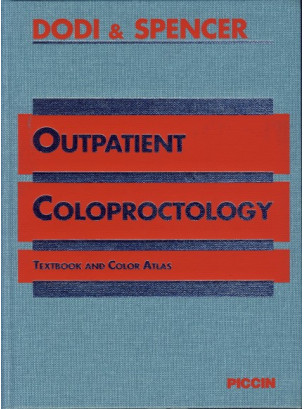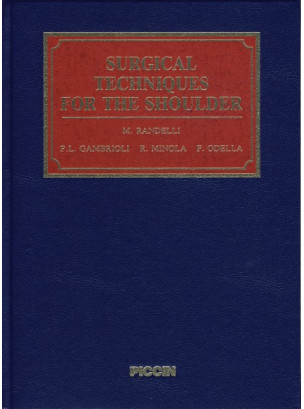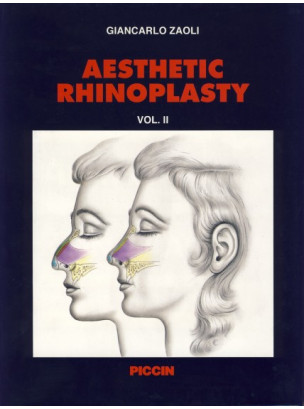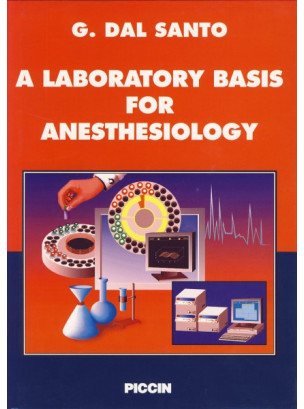GENERAL CUTANEOUS SURGERY
THE DERMATOSURGICAL PATIENT
Preparation of a Dermatologic Surgical
Preparation of a Healthy Patient for
INFORMED CONSENT IN CUTANEOUS SURGERY
Iowa 147.37 Consent in Writing
15New Jersey title 8, §43G-4.1 Patient
CUTANEOUS SURGERY IN OUTPATIENT AND OPERATING ROOM SETTINGS
(M. Simonacci, M. Sigona, A. Bettacchi,
The Dermatological Outpatient Surgery
Containers and Forceps for Preparing
Miscellaneous Equipment and Supplies
29STERILIZATION AND DISINFECTION OF SURGICAL INSTRUMENTS
TAED (Tetra-Acetyl Ethylen-Diammine)
47Packaging of Surgical Instruments
49Loading the Steam Autoclave
50Testing and Validation of the Sterilization
Issues on Dermatologic Surgery Instruments
55Hair Transplant Equipment
56Current Issues in Disinfection and
Sterilization of Surgical Instruments ..
56LOCAL ANESTHETIC TECHNIQUES
The Physiology of Pain Perception
61Drugs Used to Produce Local and Regional
The Mechanism of Action of Local
The Chemical Structure of Local
Adverse Effects of Local and Regional
Systemic Adverse Effects
64Preventing and Managing Side Effects ..
67Pre-Anesthetic Evaluation of Patients
68Regional Anesthesia (Peripheral Nerve
Setting Equipment and Assistance
71Topical-Chemical Agents
74SUTURING TECHNIQUES AND MATERIALS
Wound Closure Adhesive Tapes
78Most Common Suturing Techniques
79TOPOGRAPHICAL ANATOMY AND CUTANEOUS SURGERY
(G. Leigheb, P. Boggio, G. Cristiani)
85The Fronto-Occipital Region
85The Auriculo-Mastoid Region
87Superficial Structures
91The Superficial Plains
91The Volar Surface of the Hand
94The Dorsal Surface of the Hand
95Disinfection and Anesthesia
98Incisional and Excisional Biopsies
99Biopsy of the Oral Cavity
100(J. Ocaña Sierra, M.L. Wilhelmi)
103Rectangular Advancement Flap
104Triangular Advancement Flap
104Trapezoidal Advancement Flap
104VY or YV Advancement Flaps
107Double Crescent Perialar Excision
107Crescentic Advancement Flap
108Advancement Flaps of Suprauricular
Advancement Flaps of Eyelids
110Advancement Flaps of the Nose
110Advancement Flaps of Lips
110Advancement Flaps of the Cheek
(P. Robins, C.H. Schmults)
114Variations of the Rotation Flap
115Techniques to Avoid Common Errors
117Raise the Leading Edge
117Widen the Tip of the Flap
117Pay Attention to Cosmetic Units and
Consider the Effect of Secondary Motion
117III - Transposition Flaps
121(A. Rusciani, G. Guerriero, A. Paradisi)
121Classic Limberg Rhombic Flap
122Rhombic Flap on a Circular Defect
124Cutting the Split-Thickness Skin Graft ..
135Cutting the Full-Thickness Skin Graft ..
135WOUNDS: CLASSIFICATION AND SURGERY
(R. Baiocchi, M. Serrai, G. Maccanti)
139Trophic Ulcers of the Lower Limbs
140Ulcers Due to Vasculitis
142Infection-Based Ulcerations
142Preparation for Surgery
147Review of Operative Techniques
148Treatment of Multiple Pressure Sores
153Lacerated and Contused Wounds
162Considerations and Conclusions
166(L.M. Chinni, M.T. Viviano, M. Papi)
171Types of Cutaneous Wounds
171Physiology of Wound Healing
172Phases of Wound Healing
172What is the Ideal Characteristic of a
Occlusive and Semi-Occlusive Dressing ..
173Adhesive Tapes and Bandages
176(K. Nouri, H. Chen, V. Vejjabhinanta,
Damage to Nerves or Surrounding
Anesthetic Side Effects/Drug Interactions
181Electrocautery Associated Complications
181Excessive Granulation Tissue
184Scars/Hypertrophic Scarring/Keloids
184PHOTOGRAPHIC DOCUMENTATION IN DERMATOLOGY
(E. Vigl, Pf. Zampieri)
187Rules for Correct Documentation
188Try to Show Only the Clinical Sign
188Pay attention to the Background
190Choose the Right Detail
192When Taking a Photograph Consider
Using the Correct Lighting
194Do Not Make Inappropriate Use of
Other People’s Documentation
200Do Not “Modify” Therapeutic Results
Pay Careful Attention to the Order of the
Caption and the Written Text
200Do Not Present An Excessive Number of
Respect the Privacy Data Protection Law!
201REGIONAL DERMATOLOGIC SURGERY
SURGERY OF THE EYELID REGION
General Considerations
206Anatomic Considerations
206Functional Considerations
207Surgical Considerations
207Defects on the Lower Lids
208Complete Loss of the Lower Eyelid
213Defects on the Upper Lids
217Complete Loss of the Upper Lid
220Defects on the Lateral Canthus
224Defects Only on the Lateral Canthus
224Defects on the Lateral Canthus and
Small Defects of Whole Thickness on
Defects on the Lateral Canthus and Small
or Medium-Sized Cutaneous Defects on
Defects on the Inner Canthus
226Defects on the Inner Canthus and
Small Defects of Whole Thickness on
SURGERY OF THE LIPS AND THE
Defects on the Inner Canthus and Small
or Medium-Sized Cutaneous Defects on
(J. Carruthers, A. Carruthers)
233The Presurgical Evaluation
233History of Any Previous Peri-Ocular
Evaluation of Subject’s Preoperative
Necessary Documentation to Achieve
Cosmetic Upper Eyelid Blepharoplasty
237Cosmetic Lower Eyelid Blepharoplasty
238Traditional Infralash Blepharoplasty
238Transconjunctival Lower Eyelid
Transconjunctival Blepharoplasty with
Anterior Fat Transposition: the Newest
Lower Eyelid Rejuvenative Procedure
239Blepharoplasty Plus Resurfacing
239Keratoconjunctivits Sicca
240Complications and their Management
240Complications Related to the Use of the
CO2 Laser for Aesthetic Blepharoplasty
241Postoperative Care Regime
241Ice Positioning and Wound Care
241(C. Alfano, A. Rusciani, S. Chiummariello,
Reconsctruction of the upper Part of the
Nose (Dorsum and Lateral Faces)
244Reconstruction of the Lower Nose
245General Considerations
251I- Anatomy and Physiology
251The Lips and Oral Cavity
251Innervation and Blood Circulation of the
Regional Lymphatic System
252II- Cancer Ablative Surgery
252Reconstructive Surgery
254Lips: Superficial Defect Repair
254Lips: Full-Thickness Defect Repair
255Corner of the Mouth Reconstruction
257Vermilion Border Restoration and
Principles of Oral Mucosa Surgery
258SURGERY OF THE AURICULAR REGION
Ensuring Tumor-free Three Dimensional
Incision Margins (3D-Histology)
267Pre-Therapeutic Diagnostics
270Planning the Operation
271SURGERY OF THE EXTREMITIES
Surgical Anatomy and Physiology of the
Preoperative Examination and Preparation
Anaesthesia and Instrumentation
296Nail Avulsion and Biopsies
297Characteristic Nail Lesions
299Surgery of Benign Tumours
304Longitudinal Melanonychia
305Surgery of Malignant Tumours
306SURGERY OF CUTANEOUS CANCERS
BENIGN EPITHELIAL CANCERS
(G. Zumiani, L. Castellani)
315Neoplasms of Viral Origin
315Fibroepithelial Polyps
319Dermatosis Papulosa Nigra
320Verrucous Epidermal Naevus
322SURGICAL MANAGEMENT OF BASAL CELL CARCINOMAS
Primary or Recurrent Tumor
340(J. Hafner, M. Hess Schmid, S. Läuchli,
Treatment Modalities and Prognosis of
Squamous Cell Carcinoma of the Skin
347Precursors of Squamous Cell Carcinoma ..
351Specific Variants of Low-Grade Squamous
Surgical Repair According to the Anatomical
Flaps and Grafts of the Nose
358Flaps and Grafts of the Ear
363Flaps and Grafts of the Lips
364Flaps and Grafts of the Cheek
367Flaps and Grafts of the Forehead
369Flaps and Grafts of the Scalp
371(J.S. Conejo-Mir, A. Serrano,
L. Rodriguez-Freire, C. Hernandez)
377Clinical manifestation
378Clinical Manifestations
379Acquired Nevocytic Nevi
384Clinical and histological features
384Diagnosis of Pigmented Skin Lesions
426Differentiation Between Melanocytic
(G. Landi, M. Polverelli, C. Landi)
397The Orderly Lymphatic Progression of
Preoperative Lymphoscintigraphy
401Intraoperative Gamma Probe
404Histopathologic Investigation
408Regional Complete Nodal Dissection
410Sentinel Node Biopsy in Other Tumors
412Limits of the Procedure and Controversies
414EPILUMINESCENCE MICROSCOPY
(R. Pellicano, M. Lomuto)
419Observation Techniques
420Pigment Network (Typical Atypical)
421Streaks (Regular Irregular)
421Dots/Globules (Regular Irregular)
422Regression Structures (White Areas/Blue
Hypopigmented Areas (Focal Multi-Focal
Blotches (Localised Diffuse Regular
Multiple Milia-Like Cysts
424and Non-Melanocytic Lesions
426Differentiation Between Melanocytic
MALIGNANT TUMORS OF THE DERMIS AND SUBCUTANEOUS TISSUE
Malignant Granular Cell Tumor
437Sebaceous Gland Carcinoma
438Dermatofibrosarcoma Protuberans
440Atypical Fibroxanthoma
442Malignant Fibrous Histiocytoma
443Cutaneous Rhabdomyosarcoma
450Malignant Peripheral Nerve Sheath
Sweat Gland Carcinomas
450Aggressive Digital Papillary Adenoma ..
451Malignant Eccrine Spiradenoma and
Malignant Clear Cell Hidradenoma
452Primary Cutaneous Adenoid Cystic
Microcystic Adnexal Carcinoma
455SPECIAL CUTANEOUS SURGERY
CURETTAGE AND ELECTRODESICCATION
(Arash Kimyai-Asadi, Ming H. Jih)
473Indications and Contraindications
475Equipment - Techniques of treatment
479Intralesional Technique (Weshahy’s
Use of Thermocouple Measurements
484Impedance-Resistance Methods
485Indications and Contraindications
485Cryosurgery in Benign Skin Tumours
486Keloids and Hypertrophic scars
487Cryosurgery in Skin Precancerous
Queyrat’s Erythroplasia
491Cryosurgery in Skin Cancer
492Basal Cell Carcinoma (BCC)
493Squamous Cell Carcinoma (SCC)
497Complications of Cryosurgery
499Perspectives – Conclusion
499Comparison of Electrosurgery with other
(J.M. Yarborough, C.B. Harmon)
519Preoperative Consultation and
Preoperative Medications and Laboratory
Postoperative Wound Care
523(I. Zilinsky, Y. Har-Shai, G. Weiss)
527Microstructure of the Human Skin
527Bio-Mechanical Properties of Skin
528Historical Precedence of Stretching Skin ..
530Long-term Histopathological Results
533Linear Tissue Expansion
533Types of Linear Skin-Stretching Devices
534The sure-closure® skin-stretching system
The Suture Tension Adjustment Reel
The External Tissue Extender (ETE® –
The Frechet Scalp Extender
536The Constant-Tension Approximator
(Proxiderm – Progressive Surgical Products
Spherical Tissue Expansion
539Clinical Applications of Spherical Devices
539Breast Reconstruction with a Spherical
(A. Tulli, A. Diociaiuti)
547Contracted Scars and Webbed Scars
549Distortion of Free Margins
549Dermoabrasive Scar Revision
551Non-Surgical Scar Revision
552TREATMENT OF VARICOSE VEINS
(S. T’ Kint, D. Roseeuw)
555The Schwartz Test (Wave Test)
557Duplex Ultrasonography
558Ambulatory Phlebectomy
561(S. Rapprich, E. Hasche, M. Hagedorn)
565Definition of Varicosis
565Pathophysiology of Varicosis
566Clinical investigation and machine
Phlebological Investigation
568Chronic Venous Insufficiency (CVI)
571History of Sclerotherapy
578Indications of Sclerotherapy
579Pathophysiology of Sclerotherapy
581Puncture and Air-Block Technique
582Tournay Sclerosing Method
582Sigg Sclerosing Method
583Sclerosing Intradermal Varicose Veins ..
584Supplementary Measures
585LASERS AND POLYCHROMATIC LIGHT SOURCES (PCLS) IN DERMATOLOGY
Light-Tissue Interaction
591PCLS (Polychromatic Light Sources)
594Vascular Targets - Vascular Specific Lasers
Pigmented Targets: Pigment-Specific
Non-Ablative Collagen Remodeling and
(M.A. Trelles, R.G. Calderhead)
615History and Photobiosurgical Basics
615Photothermal Bioreactions
615Irradiance (Power Density) – The Surgical
Radiant Flux (Energy Density) – the Laser
Vaporization and Coagulation Combined
626Variations on a Theme (CO2 ‘Pinhole’ Treatment)
626CO2 Laser-Assisted Blepharoplasty
628LASER SAFETY WITH THE CO2 LASER
(M.A. Trelles, R.G. Calderhead)
631CO2 Laser-Related Hazards
631Skin or Other Tissue Hazards
632Misalignment of the Aiming Beam
632Accidental Irradiation from Beam
Tissue Protection for the CO2 Laser
632Common Sense and Hazard Prevention
635LASER THERAPY IN VASCULAR LESIONS
(J.M. Fernández Vozmediano,
Treatment of Vascular Lesions
638Vascular Malformations
642Laser Therapy in Vascular Lesions
642Continuous-Wave Systems
643Argon-Pumped Tunable Dye Laser
Potassium Titanyl Phosphate
532Nanometer Laser (KPT Laser)
645Vascular Malformations
651Other Vascular Lesions
654Other Laser Systems Used in Vascular
Treatment of Telangiectasias of the Legs
656Laser Therapy of Leg Veins
657Long-Pulsed Alexandrite Laser
659Systems of Non-Coherent Light
659Erbium Laser and Resurfacing
666HISTORY OF MOHS MICROGRAPHIC SURGERY
(C.W. Hanke, A.L. Leonard)
669The Early Years: the Fixed-Tissue
Modern Mohs Micrographic Surgery: the
Fresh-Tissue Technnique
671Early Pioneers in Mohs Surgery
671Modern Mohs Micrographic Surgery:
The Legacy of Frederic Mohs
674MOHS MICROGRAPHIC SURGERY: A TREATMENT OF FIRST CHOICE FOR DIFFICULT SKIN CANCERS
(N.W.J. Kelleners-Smeets, H.A.M. Neumann)
677Indications for Mohs Micrographic
Squamous Cell Carcinoma
684CUTANEOUS AGING: ALTERED SKIN TROPHISM AND WRINKLES
(M.T. Leccia, X. Martinet)
693Intrinsic Aging and Photoaging: Clinical
and Functional Aspects
693Intrinsic Aging and Photoaging:
Pathogenesis of Photoaging: Current
Prevention of Cutaneous Aging
697CHEMICAL PEEL: CLASSIFICATION, INDICATIONS
(A.D. Katsambas, E. Nicolaidou)
703Classifications of Peeling Agents
703Indications of Chemical Peels
705(Ming H. Jih, Arash Kimyai-Asadi)
711CHEMICAL PEELING WITH TCA
(A. Camps-Fresneda, G.A. Moreno-Arias)
715Chemical Characteristics of TCA
715Clinical and Histological Aspects
716Indications and Contraindications
717The Day of the Peeling
718Written Informed Consent & Photographs ..
719Anesthesia and Sedation
719Side Effects and Complications
722TCA Combined with Other Agents
725GLYCOLIC ACID: INDICATIONS AND APPLICATION
(G. Vezzoni, G.M. Vezzoni)
727How Superficial Peeling with Glycolic
What Peeling Does Not Do
728Carrying Out Superficial Peeling with
Technique for Peeling the Face with 70% Glycolic Acid
729DERMOFILLERS: COLLAGEN, HYALURONIC ACID, SILICONE, METHACRYLATE ETC
Fluid Medical Grade Silicone
741Tissue Histological and Immuno-
Animal Collagen Implants (Zyderm I
Nasolabial Furrows and Wrinkles
749Perioral Vertical Lines
749Horizontal Forehead Wrinkles
749Results and Duration of Correction
750Injectable Human Tissue Matrix-
Products of Hyaluronic Acid ...


